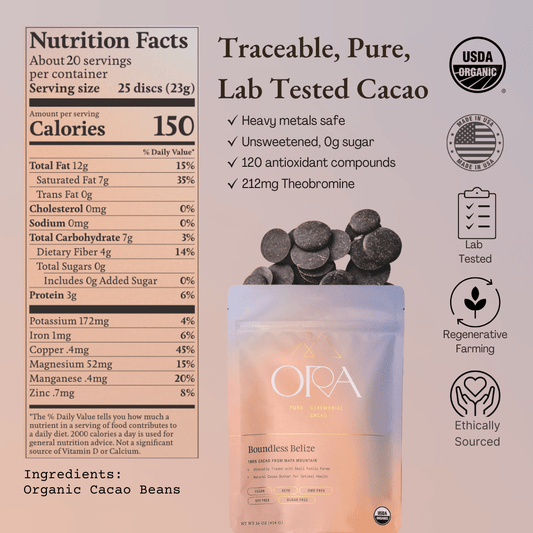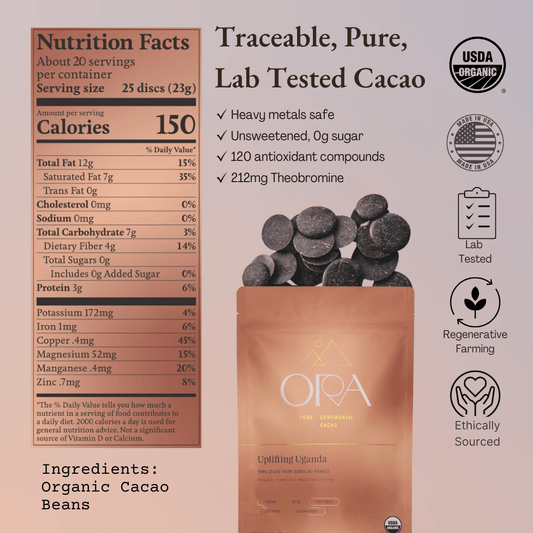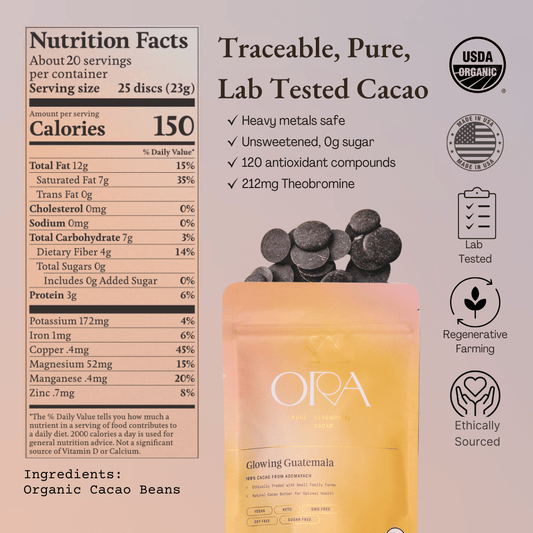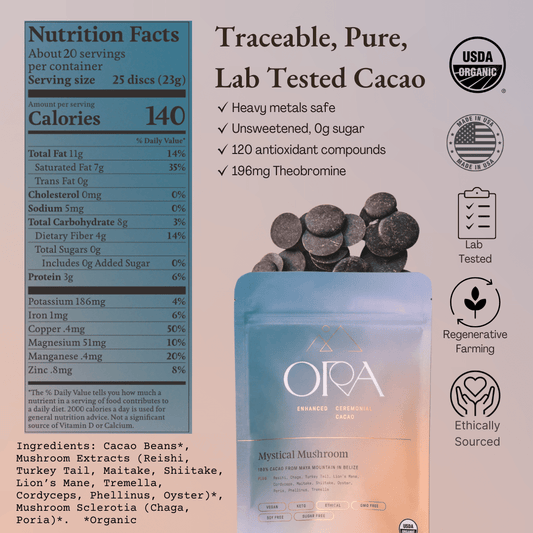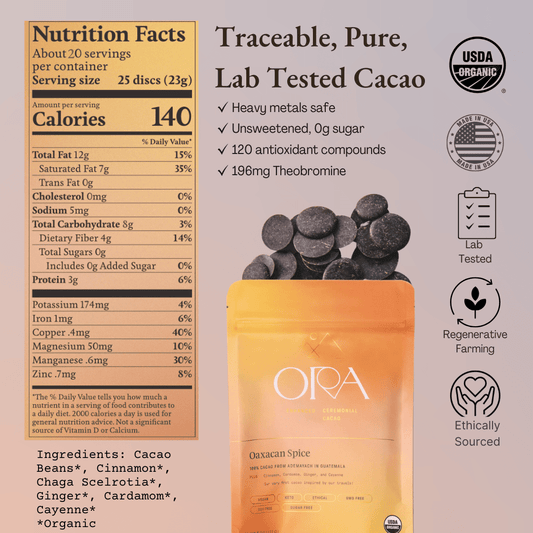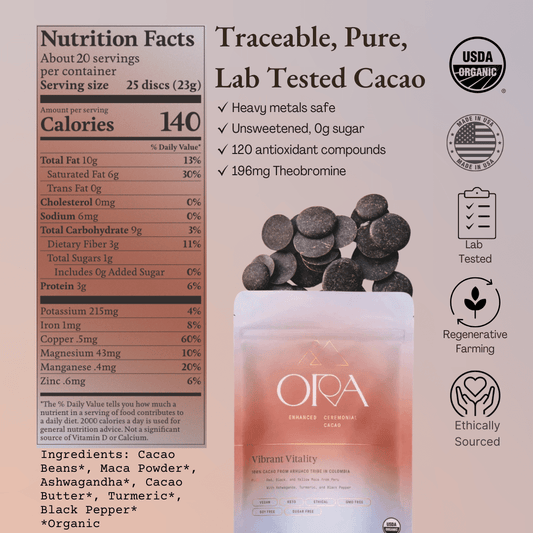Cacao has beautiful tiny flowers that must be pollinated in order for the tree to produce cacao pods. These flowers grow directly on the trunk and the major branches, in a phenomenon called cauliflory. This is because the pods that grow from a pollinated flower are so heavy that if they grew from the tips of branches like apples and oranges do, it would break the branches of the tree.
Cacao cannot auto-pollinate. The pollen is sticky, which means the wind cannot help in spreading it, and the flowers are tiny, which means only very small insects can enter the cacao flower to transfer the pollen. Cacao trees are also auto-incompatible, which means they need pollen from a different cacao tree in order to reproduce.
Because of the cacao flowers’ minute size, the pollinators must be equally as small. These pollinators are tiny flies from the midge family. As of now they are known as cacao’s primary pollinator. Bees often surround cacao trees, but they are actually considered pollen stealers, eating or collecting the pollen but not effectively pollinating the cacao flowers. Sometimes wasps and ants can pollinate cacao flowers, but they don’t play as important of a role as the midges.

A cacao tree produces up to 6,000 flowers per year, yet only 10% of the flowers get pollinated! This shows there is a big pollination gap, as the rest of the flowers end up just getting discarded. While some scientists are looking to find ways to pollinate cacao flowers manually, there are also quite simple natural methods to aid the pollination of cacao trees.
For example, creating breeding habitats for adult pollinating midges by leaving out slices of banana stems can support the local midge population, and in turn can help a cacao farmer attain a higher yield.
Once a flower is pollinated and a cacao pod has successfully grown, the seeds must be dispersed. A cacao pod contains 30-50 seeds, but the pod will not drop from the tree on its own when ripe. In fact, if no animal comes by for the seeds, the pod will shrivel up and rot on the tree. So like many other plants, cacao entices animals like monkeys and birds by offering a deliciously sweet pulp that encases its seeds. However, the seeds are so bitter that the animals spit the seed out, giving them back to the earth so that a new cacao tree has an opportunity to grow. The cacao seed’s sweet fruit and bitter seed are a beautiful and effective way of nourishing the local animals while making sure new trees will continue to sprout.
We give so much gratitude to the miraculous process of cacao’s reproduction that allows us to serve this medicine and so much gratitude for the farmers that we have the honor to partner with who care for the Earth in ways that allow for more pollinators and animals of the forest to thrive.




